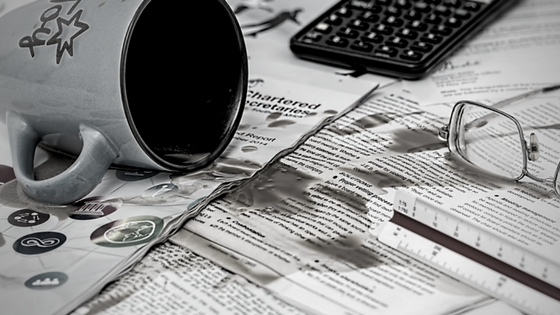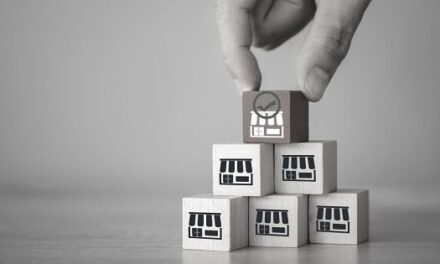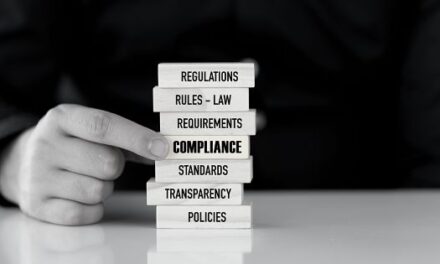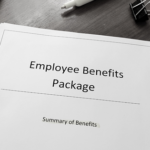In small business we talk about planning all the time – planning for growth, planning for new staff, planning for improvement. But what about when things go really, really wrong and it’s beyond our control?

In the past few years we’ve seen businesses across the country affected by circumstances they never anticipated like fires, floods, droughts and electricity outages.
In these instances it’s about planning for the very worst with an Emergency Management and Recovery plan, and according to the government, it’s something every business should have.
This is how emergency plans work and the security they bring…
The plan
Emergency management and recovery plans involve identifying the risks to your business, the strengths and weaknesses within it and planning what happens if something goes wrong.
Often the impact of one disaster would be similar to another. For example a flood may damage your information systems, and a robbery or fire would be likely to do the same. So planning is not about saying what you would do in the case of a fire, it’s about knowing what happens if your vital technology is wiped out.
Planning for this scenario enables you to have a course of action for your business and staff, to mitigate this risk, and find alternative ways to service your clientele.
The key elements of the plan involve:
- Identifying a potential risk – Such as power loss, IT failure, produce or stock loss, your office becoming uninhabitable etc and what these things would do to your business.
- Assessing its likely impact – Rate the effect this would have on your business: high, medium, or low impact.
- Rating how likely that risk is – Is it highly likely, likely, unlikely or highly unlikely that this situation could occur?
- Creating a mitigation strategy – This involves devising and employing procedures to lessen the likelihood of your business being affected. For example: backing up data and storing it off-site, investing in a generator, or training a number of staff in key areas of the business so no one person is indispensible.
- Contingency plan – This section is about outlining and educating staff about what happens if your business is affected. For example if you run a refrigeration business and the power fails, your contingency plan will note: where the generator is located, how it works, how long you have until produce starts to spoil, who is responsible for ensuring the generator is in working order, how much fuel it will require etc.
You should also include all your insurance information in your plan including contact people, policy numbers and information about what is covered.
The benefits
Having an Emergency Management and Recovery Plan allows you to identify risks and lessen the likelihood of impact, and also allows you to look at potential weaknesses within your business and operating systems. It enables you to identify the critical elements of your business that you cannot do without and train your staff accordingly.
Should the worst occur, you have a strategy to move forward and recover as swiftly as possible.
Resources
The Australian Government Business website has a host of resources available to assist in creating your Emergency Management and Recovery Plan including checklists, templates and advice.
Clive Enever – The Business Mentor has been working with small businesses for 30 years, identifying strengths, weaknesses and risks along with planning for a positive future. For assistance with your business plan or Emergency Management and Recovery Plan, you can contact him here.




















